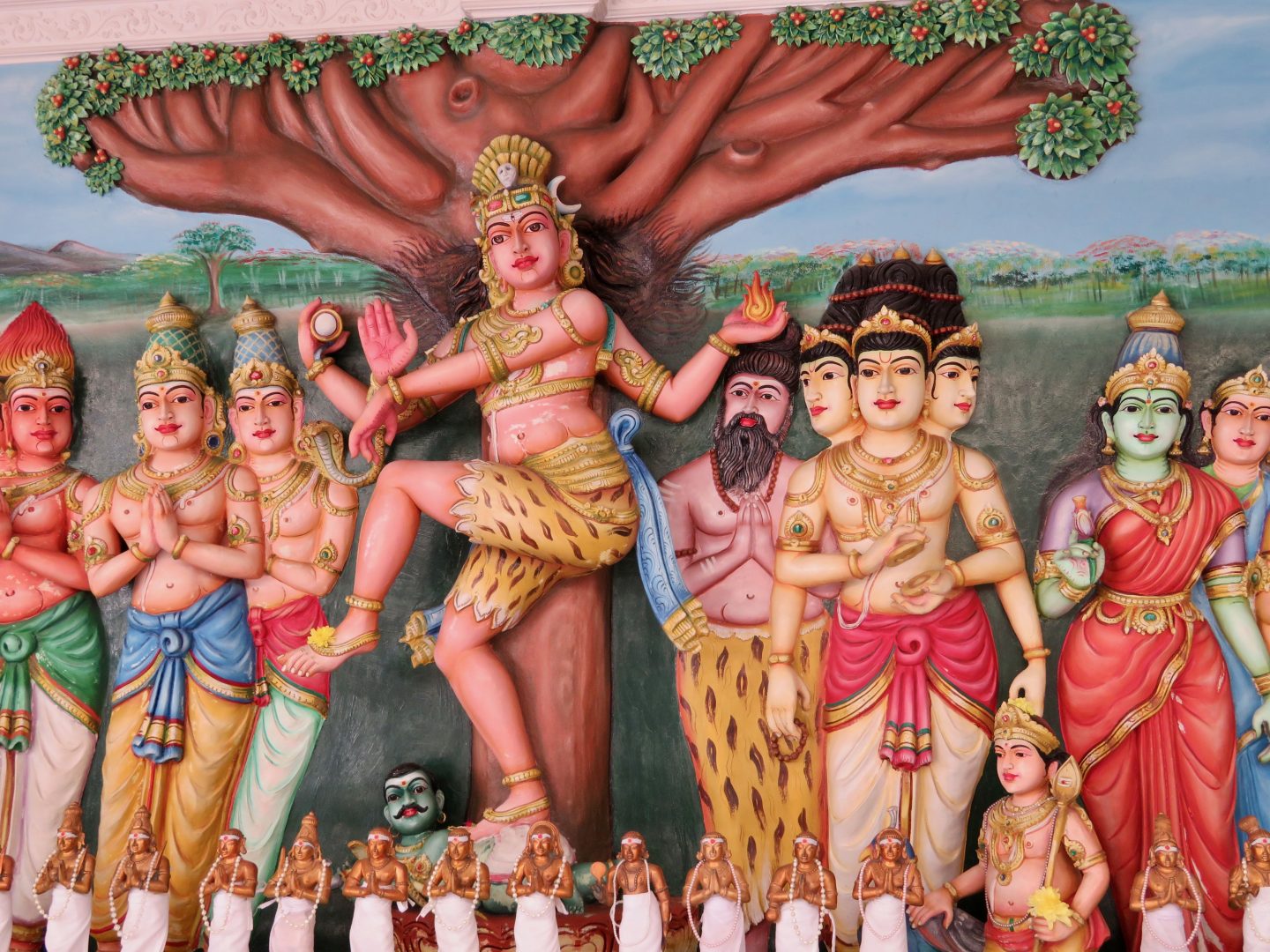One of the things I liked most about Malaysia is their tolerance for different religions. It is a Muslim country, with 61% of the population practicing Islam. However, all religions are represented and this is visible if you visit the different temples in Kuala Lumpur, the country’s capital. I visited the Taoist Kuan Ti (Guan Ti) temple that is near the Sri Mahamariamman Hindu temple.

Chinese religions in Malaysia
According to a census made by the Malaysian government in 2010, only 1.3% of the population practiced Confucianism, Taoism and other traditional Chinese religions. Article 11 of the constitution declares freedom of religion, which applies to all except for Muslims who by law cannot convert to other religions.

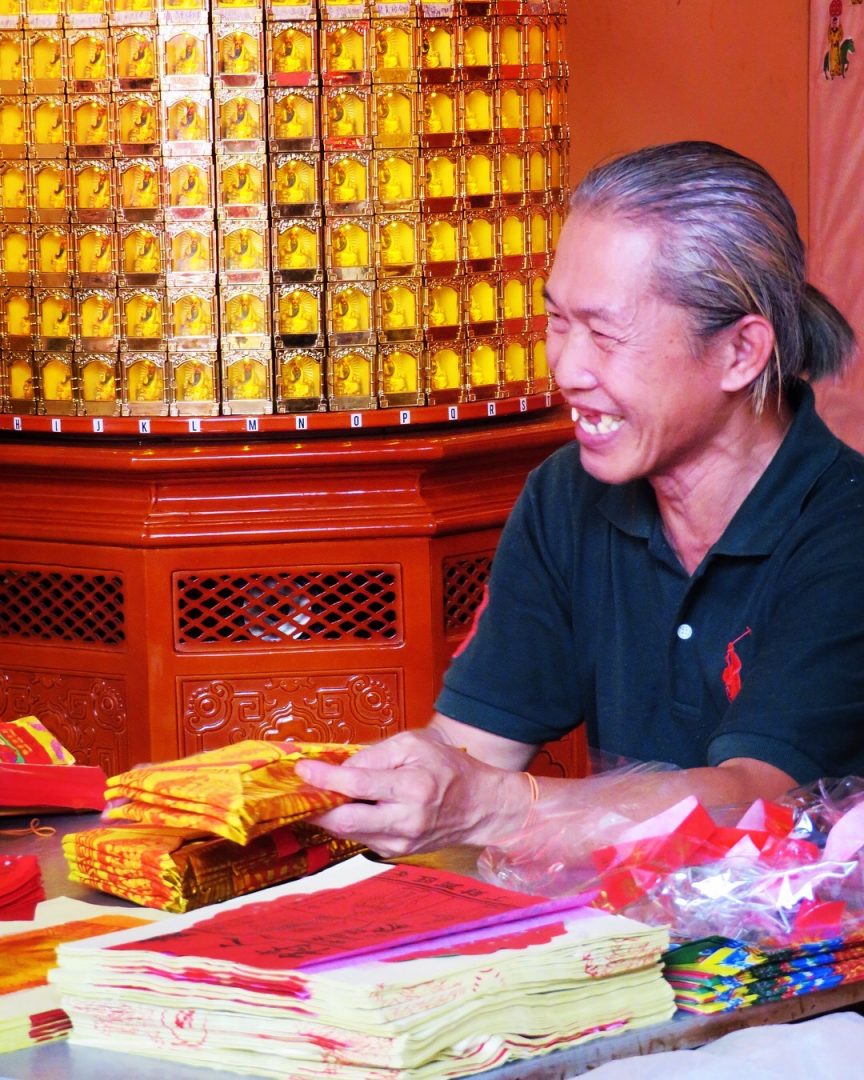
Kuan Ti Temple in Kuala Lumpur is Taoist
The Kuan Ti temple is a reminder of the ancient city of Kuala Lumpur that has changed its houses for modern skyscrapers. This temple was built in 1888 and currently has two modern buildings that sandwich it.
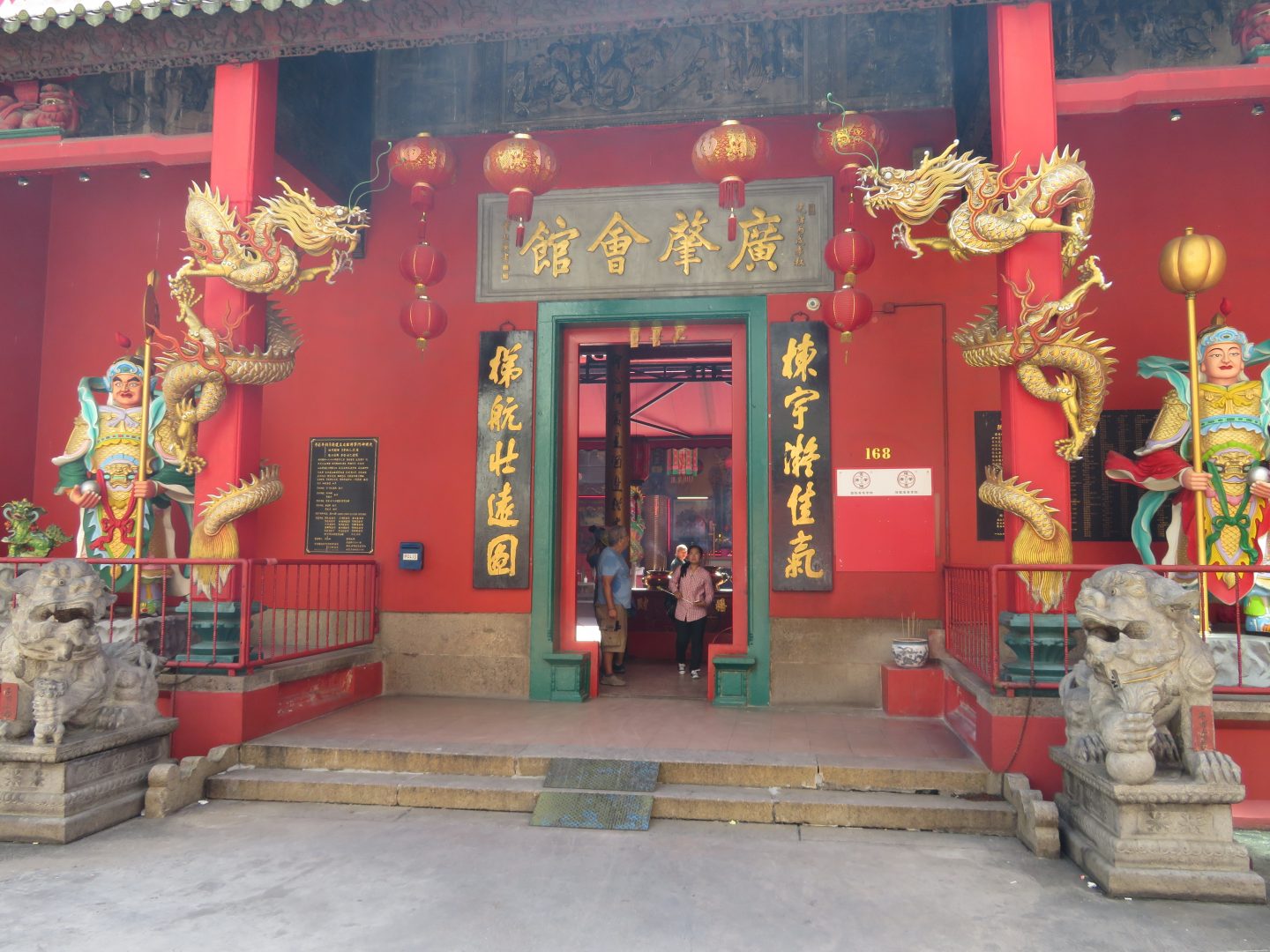

Kuan Ti sits on the main altar, but there are also statues of other deities, including those associated with Buddhism and Confucianism. His temples usually have figures of Guan Yin (Goddess of Mercy), Choy Sun (God of Prosperity) and Wen Chong (God of Education and Learning).
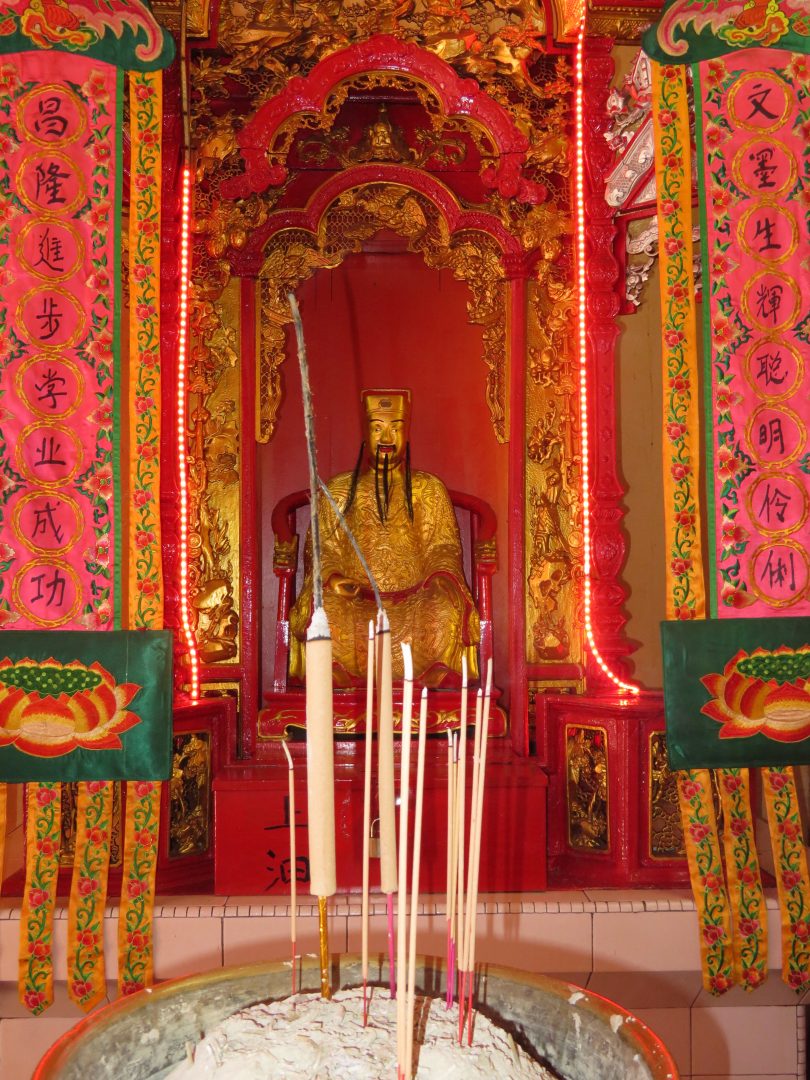
The altar has the guan dao and guan jie, the famous sword and spear of Kuan Ti. Their devotees think that these weapons have special powers and will be blessed if they touch them or if they try to raise them. The tradition is to try to raise the copper sword (guan dao) three times which weights 59 kg.

It is necessary to mention that the Kuan Ti temple is dedicated to the Chinese God of war and literature, but he was not a bellicose god, instead he was respected for his heroic, correct and loyal character. He was one of the best warriors that China had, being deified in the Sui dynasty (580-618 AD). The police revere him and it is common to find altars at their stations.

There is no cost to enter and it opens every day, usually from 7 a.m. at 7 p.m. Inside the Kuan Ti Temple you can buy incense and light it for good luck.
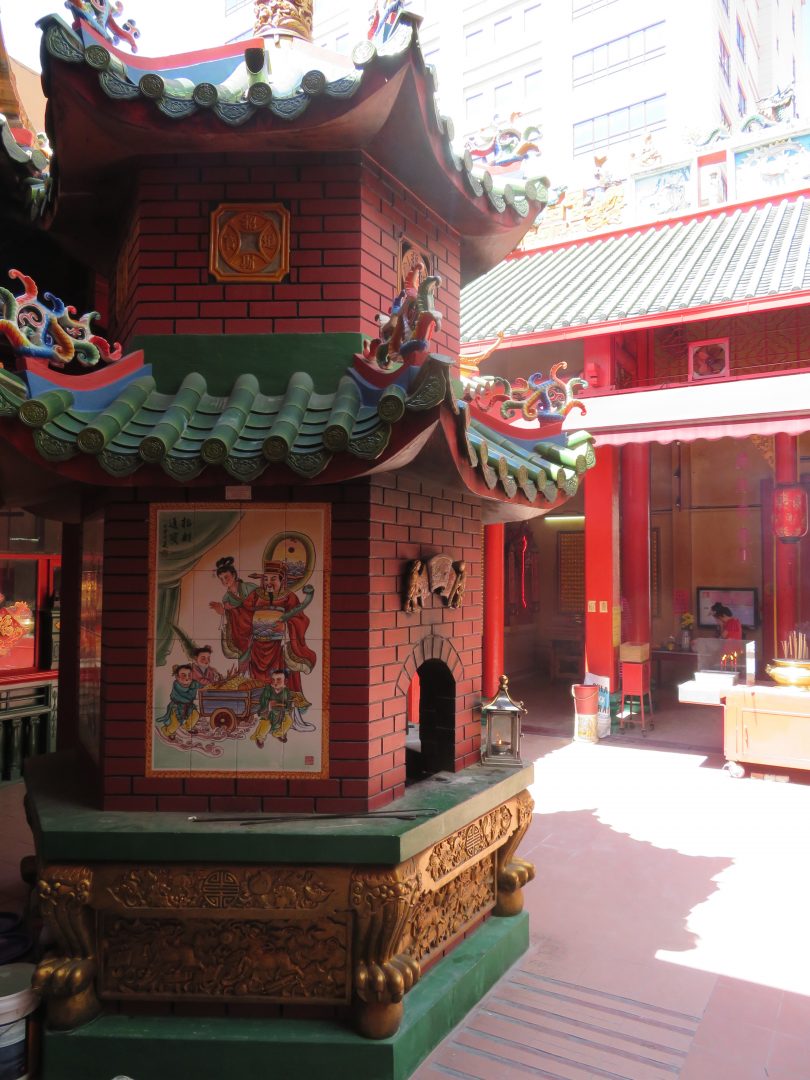
Petaling Street is the center of Chinatown
Kuan Ti Temple is located on Jalan Tun H. S. Lee, a street parallel to Petaling Street. This street is usually full of tourists and locals. It has many stalls that sell all kinds of imitation items, just like in China.

The latest portfolio models of all designer houses are displayed in stalls. In addition to watches, electronics, clothing, suitcases and whatever you can think of. If you want to buy something on this street remember to negotiate. Typically, you pay half or less of the original price.
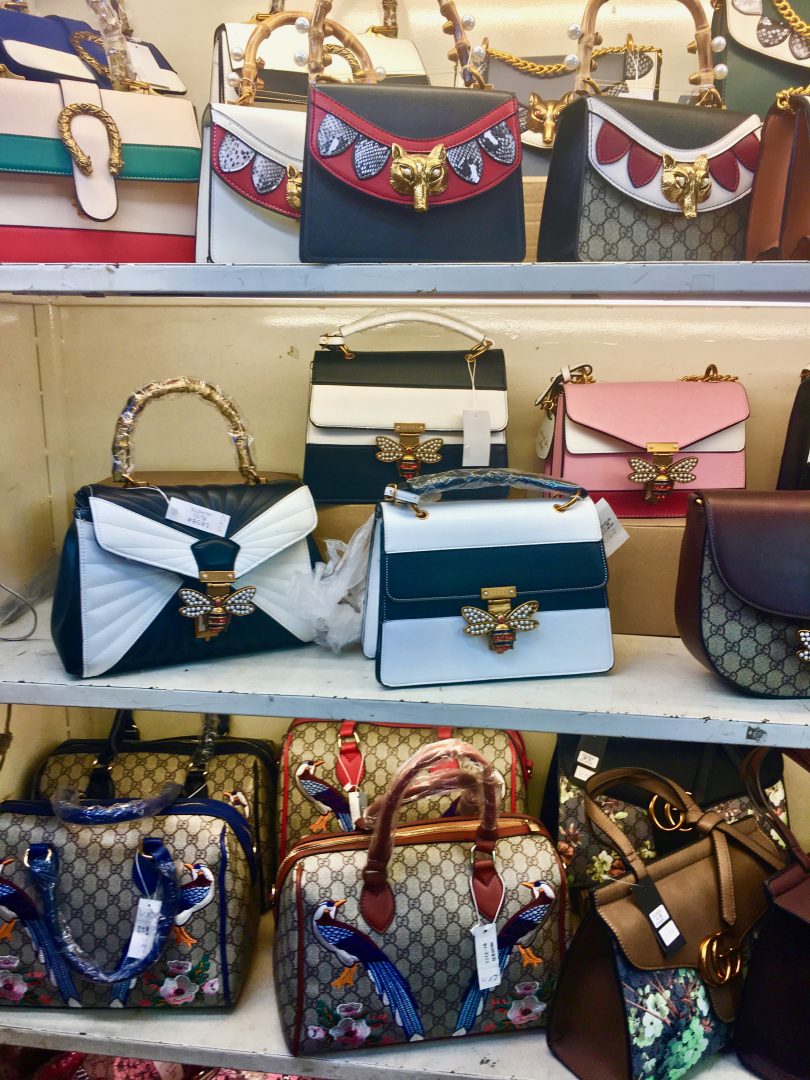
It is a good place to eat because it has many food and restaurant stands. You can try typical dishes like hokkien mee, ikan bakar (grilled fish), asam laksa and curry noodles.
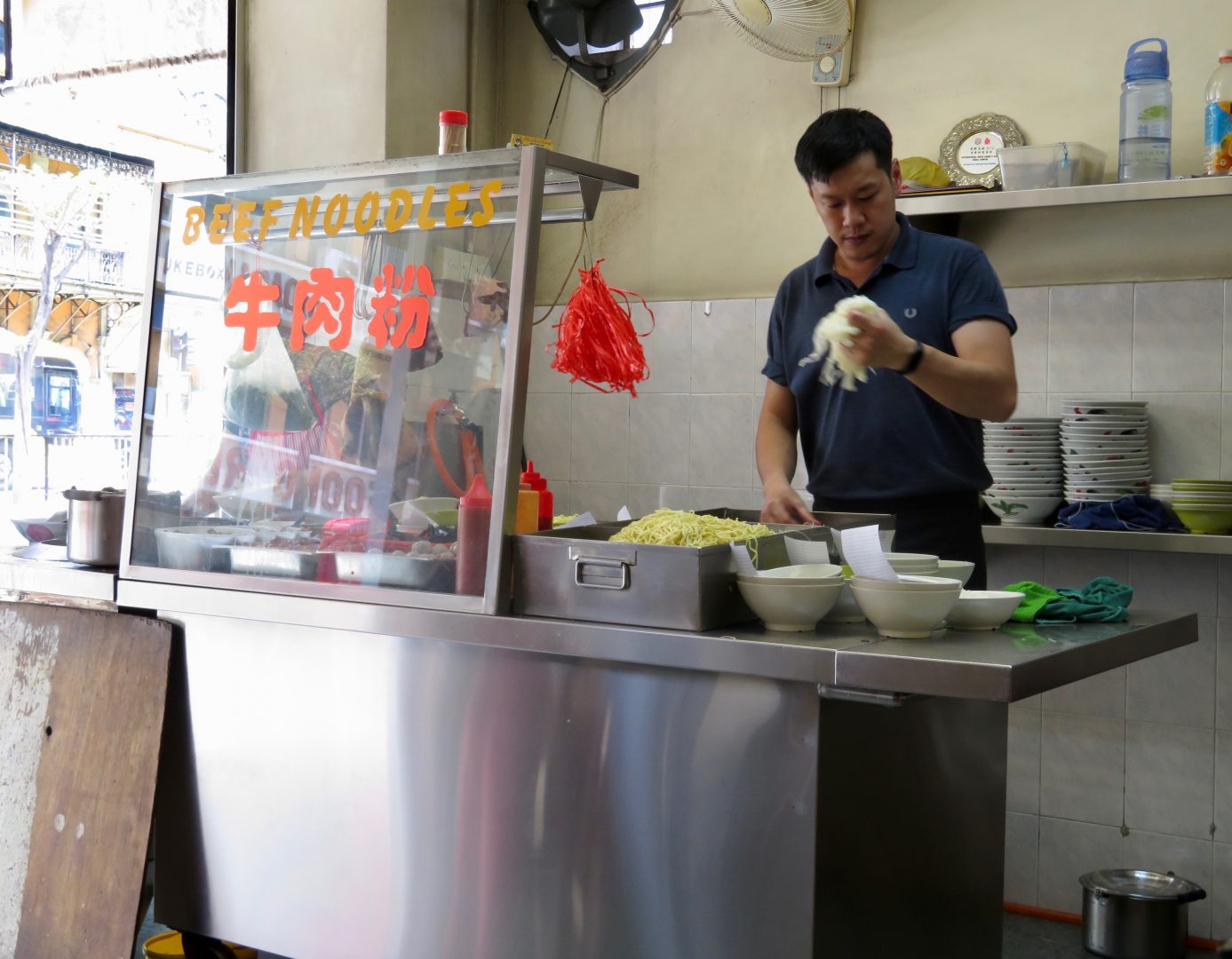
We went to a restaurant that had a sign that said beef noddles and was full of local people. You can see while they make the soups. To prepare them, the cook grabs the noodles and breaks them with his hand. The tables were shared and a Chilean, the only other tourist sat with us. Then we met again in Batu Caves.
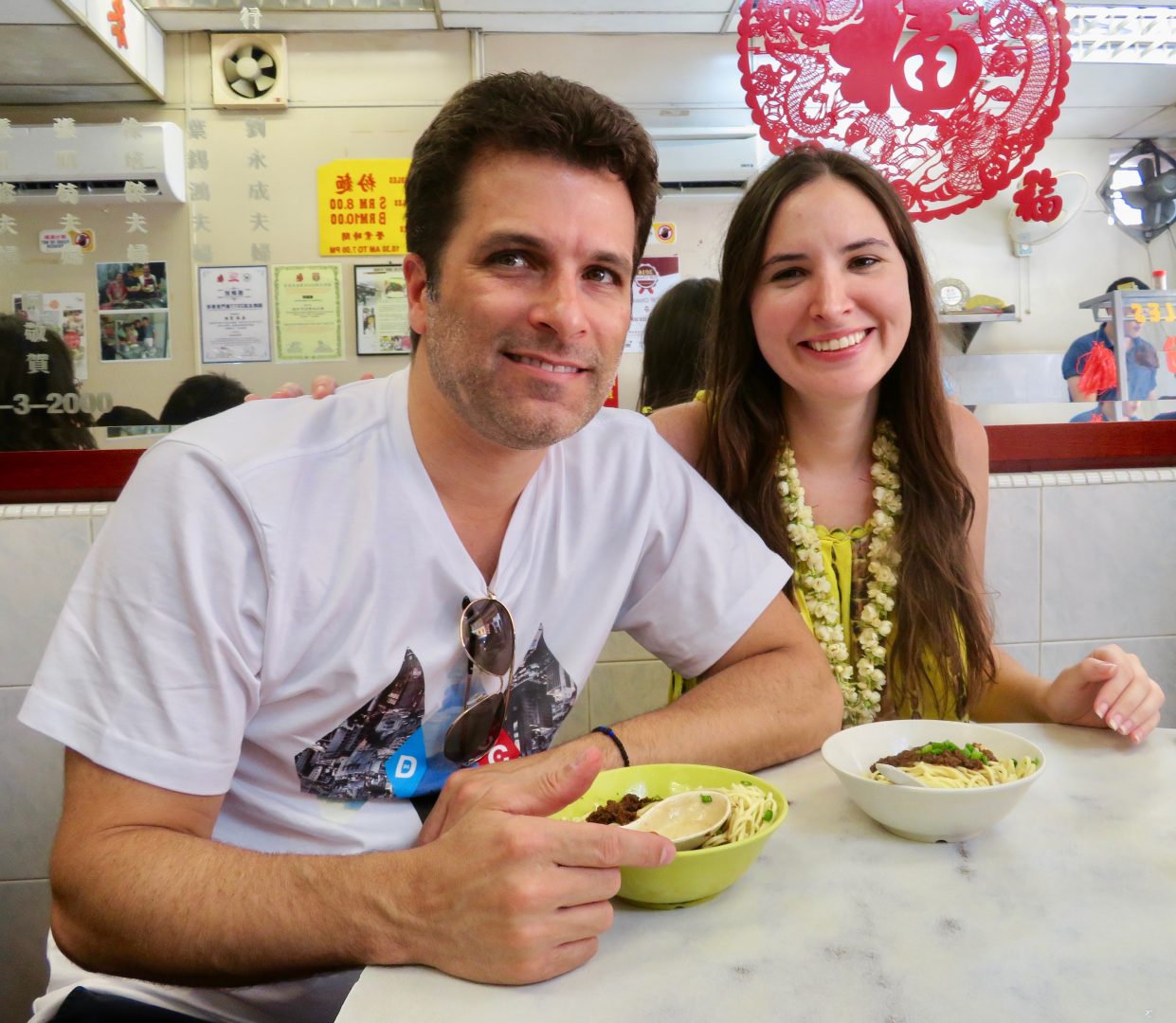
You can take a taxi or uber (they are slow to arrive) from your hotel in Kuala Lumpur to visit this area of the city.



